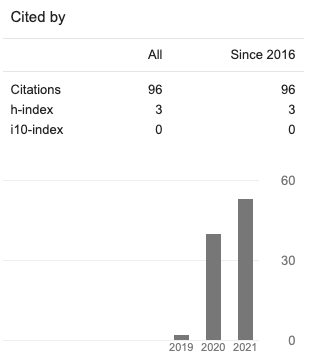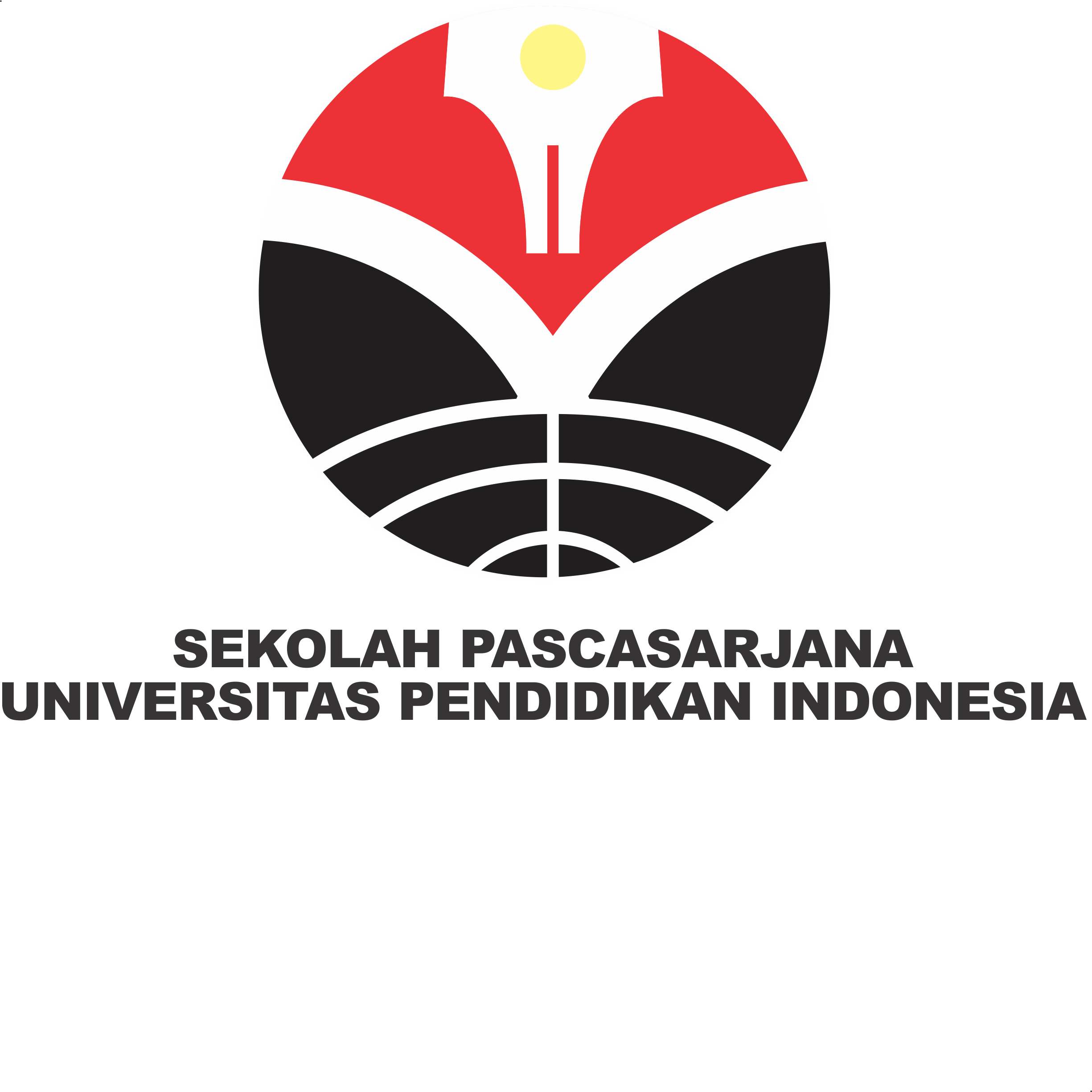Effectiveness Of Student Worksheets Based On Problem Solving On Fraction Materials In 5th Grade Elementary School
Abstract
This research is motivated by the fact that not many schools implement Student Worksheets by the requirements and steps for preparing Student Worksheets The existing Student Worksheets, in general, have not been able to facilitate students in increasing knowledge and higher-order thinking such as problem-solving. This study aimed to see the Effectiveness Of Student Worksheets Based On Problem-Solving On Fraction Materials In 5th Grade Elementary School. This study uses the ADDIE development model, from Branch (2009:2) which has 5 stages, namely Analysis, Design, Development, Implementation, and Evaluation. However, in this study, limited trials were carried out due to the Covid-19 pandemic whose cases continued to increase. This study was validated by 3 experts, namely material experts, media experts, and classroom teachers. The results of material validation have a score percentage of 78.35% included in the effective category. The results of the media expert's validation obtained a score of 86.40% in the effective category. And the results of the confirmation of the fifth-grade elementary school teacher. get a score of 91.98% in the effective category. From the overall validation results, student worksheets can be declared feasible and effective to be used as teaching materials and can be used for the public.
Copyright (c) 2023 Gevin Rifauldy Lopez, Tatang Herman

This work is licensed under a Creative Commons Attribution 4.0 International License.















